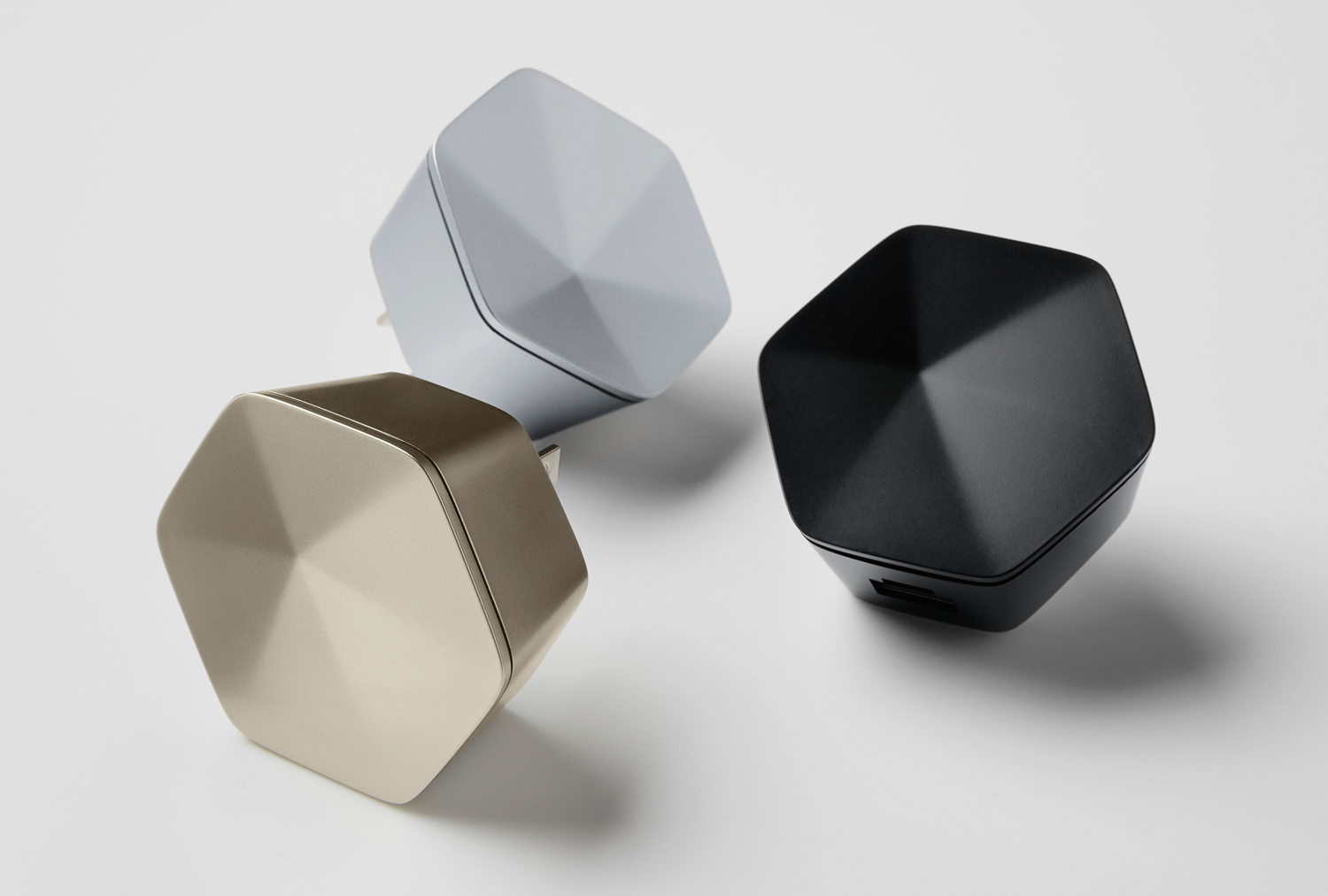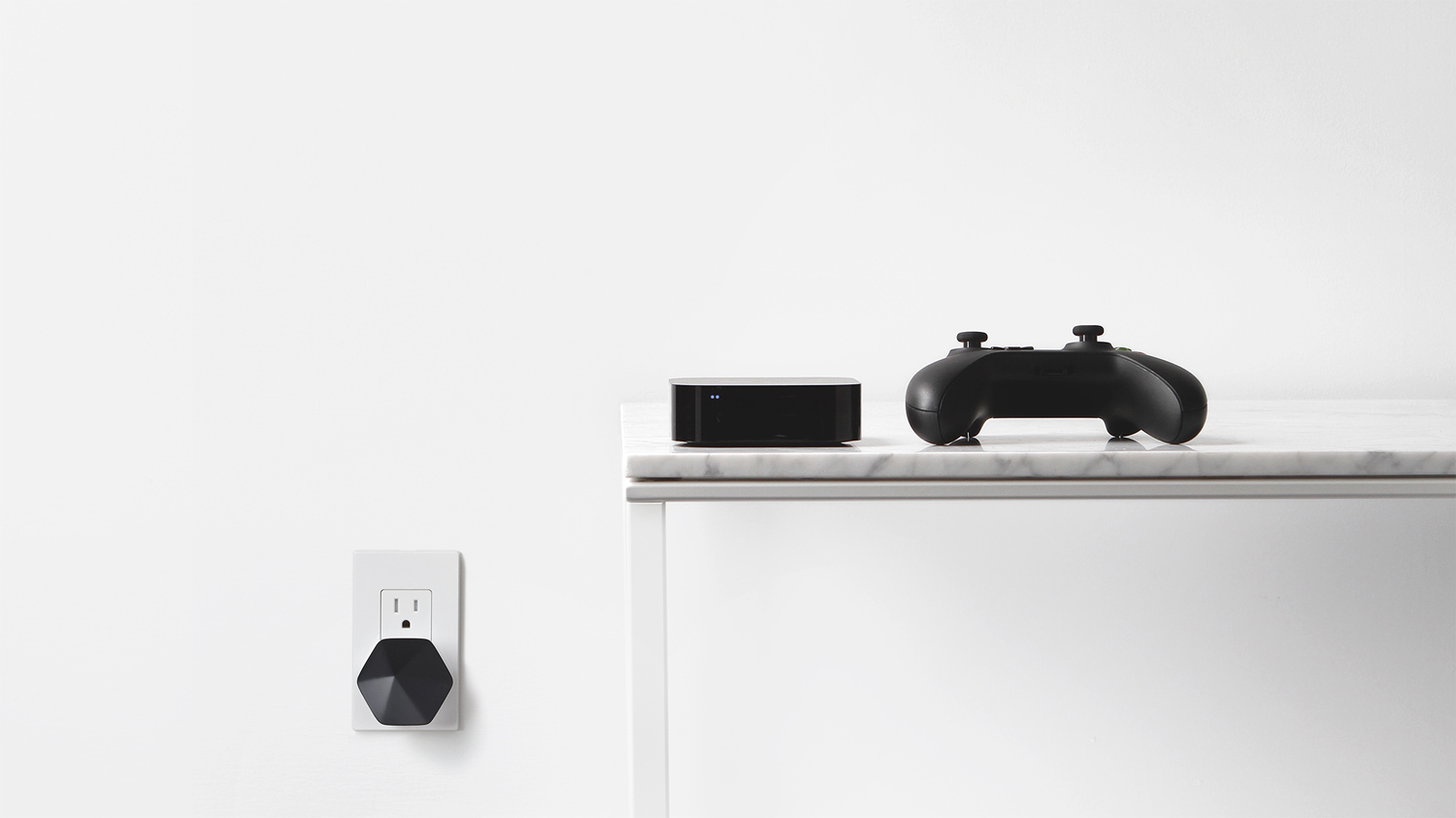Plume Turns to Pods to Fill Your Home with Wi-Fi
Hardware makers are using multiple devices to extend your Wi-Fi network. Plume puts pluggable 'pods' in every room of your house.
When setting up a home Wi-Fi network, you've got two challenges — getting the signal to reach every corner of your house, and making sure that your network can handle all those phones, tablets, consoles and computers vying for its attention. The company behind the new Plume Wi-Fi system thinks it has the best solution to these problems: Just put a networking device in every room of your home.

Plume uses a bunch of nightlight-sized "pods," each one of which costs $49 and plugs into a wall outlet. Putting the pods in each room of your house — with one pod attached to your modem and serving as the hub of the network — you can create a network that reaches each room with equal strength without having to use any unsightly networking gear.
MORE: Best Router - Get a Better Wi-Fi Signal at Home
The way it's described, the Plume system sounds a lot like a Wi-Fi mesh network, an increasingly popular approach among networking hardware makers who use the Wi-Fi peer-to-peer protocol to relay signals among coordinated devices and extend the range of a Wi-Fi network.
In the product's FAQ, though, Plume's makers insist the system takes a slightly different approach, claiming it acts as a "cloud-coordinated Wi-Fi system" that can increase signal strength and quality according to your household's demands. The company says Plume switches signals between the 2.4- and 5-GHz bands, and among the various channels in each band, as each signal moves from pod to pod to maintain a steady transfer rate and to prioritize traffic.
Plume also uses adaptive Wi-Fi to recognize usage patterns for your various connected devices. That, plus its ability to adjust for interference from neighboring networks, allows your network to continuously adjust without any drop in signal.

Or, at least, that's the theory. We won't know precisely how Plume performs until this fall, when Plume plans to start shipping its units to anyone who preorders the device. For preorders, the cost of each Plume pod drops to $39, though you have to order a minimum of six pods. That's $234.
And that's potentially a sticking point for customers. If I were to go with Plume's recommendation to have a pod in every room of my house, plus connecting hallways, I'd need six Pods. (That's typical for most homes, according to the Plume website.) And I live in a comparatively small house. For people in larger homes, who'll need eight or 12 pods at $39 to $49 each, the cost of extending their Wi-Fi networks is going to add up.
Plume will also face competition from rivals promoting a similar multi-device approach to home networking. Eero started shipping earlier this year: It also uses multiple devices to create a mesh network to cover your home. A pack of three Eeros costs $499, though two-device ($349) and standalone ($199) options are also available.
Just this week, Luma began to ship its three-device system to people who preordered the $399 trio of routers. The approach is the same as the other products mentioned here: You connect one Luma to your modem and then place the other two devices in your house to create a wider network. Luma also adds parental controls to the mix, letting you control which sites and apps your kids can access on their connected devices. (We're testing Luma right now, and will post a review of the product shortly.)
Later this summer, you'll have another option — the $199 AmpliFi system, which features a router and two range extenders. Built by enterprise networking company Ubiquiti, the consumer-friendly AmpliFi also comes in longer range ($299) and HD versions ($349).
Why are so many hardware makers coming out with these similar-sounding networking products? Look no further than our growing need for reliable home networking. People have a lot of devices in their homes competing for room on wireless networks, and they want products that are able to manage that traffic. We look forward to seeing in the coming months which of these multi-device systems is best suited for the task.
- Best Wi-Fi Extender - Increase Your Wireless Range
- What is MU-MIMO?
- Your Router's Security Stinks: Here's How to Fix It
Sign up to get the BEST of Tom's Guide direct to your inbox.
Get instant access to breaking news, the hottest reviews, great deals and helpful tips.
Philip Michaels is a Managing Editor at Tom's Guide. He's been covering personal technology since 1999 and was in the building when Steve Jobs showed off the iPhone for the first time. He's been evaluating smartphones since that first iPhone debuted in 2007, and he's been following phone carriers and smartphone plans since 2015. He has strong opinions about Apple, the Oakland Athletics, old movies and proper butchery techniques. Follow him at @PhilipMichaels.

